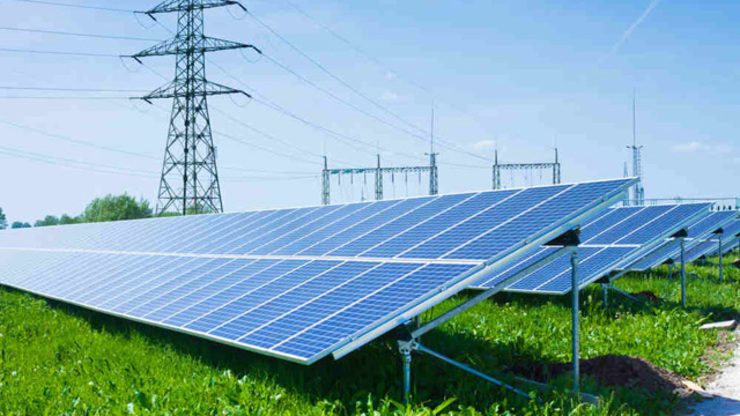SUMMARY
This is AI generated summarization, which may have errors. For context, always refer to the full article.

During the latter part of 2013, consumers experienced a shock when the price of their electricity nearly doubled due to the closure of the Malampaya-fueled plants. The reduced supply of energy led to prices skyrocketing to unprecedented levels.
When Malampaya runs out, and when global coal and oil prices rise, the FIT ALL – feed-in tariff allowance – will be the best protection the consumers have against a sudden and dramatic increase in their electricity bills.
There’s an issue that surrounds the FIT ALL, however – that it will become another line item cost in our electric bills. Some have even compared the FIT ALL to the universal charge, which is also a line item in our electric bills.
It is fundamentally wrong to compare the FIT ALL with the universal charge. This is because the universal charge is what we are paying for the debts and failures of past generations, while the FIT ALL is our investment in the future of energy security in our nation.
Here’s the context: the feed-in tariff (FIT) is an incentive program where renewable energy companies are paid a fixed price for the energy they generate. At present, the FIT rates are at a premium; they are bought at a price higher than what the market would usually dictate. It is one of the reasons why the renewable energy industry in the Philippines has grown leaps and bounds in the past year. The FIT incentive of renewable energy developers is, in turn, paid through the FIT ALL, which will be an additional line item in our electric bills.
The universal charge, on the other hand, is a line item in our electric bills, which includes stranded contract costs and missionary electrification.
Stranded contract costs are what we are paying due to the insistence of past generations on cheaper electricity. During the time of Napocor, when the energy industry was a government endeavor, Napocor took on debt to subsidize the energy costs of the public. Napocor then kept taking on more and more debt simply to subsidize electric bills, until it threatened to cripple the national budget.
It was at this point that the government decided to deal with the ever growing debt of Napocor. The government privatized Napocor and created the Power Sector Asset and Liability Management Corporation (Psalm) to manage the debt that Napocor incurred. Stranded contract costs is what we are paying for the money that Napocor borrowed to subsidize the energy of past generations.
Missionary electrification, on the other hand, is a cost that we are taking on to subsidize the energy of far-flung, off-grid areas in the Philippines. Several areas in the Philippines cannot afford to shoulder the true cost of power generation in their locality due to the lack of proper energy infrastructure in the area. On-grid power consumers subsidize the electrification of these far-flung, off-grid areas. This is the price that we are paying for the failure of past generations to invest in energy infrastructure in the entire Philippines.
It is wrong to compare the FIT ALL to the universal charge simply because the universal charge is a payment for mistakes of the past, while the FIT ALL is an investment in the future.
The benefits of renewable energy on the environment have been discussed again and again. In fact, the issue of climate change is just as much an issue of energy as it is an issue of environment. On top of that, renewable energy will reduce the Philippines’ dependence on foreign fossil fuels, allowing it to be more independent with regard to its energy needs. Renewable energy can also absorb the shock that the Philippines will suffer when the Malampaya natural gas reserves finally runs out.
On top of all these benefits, what is worth focusing on is that the FIT ALL fund might actually lower the electric bill of the end consumer.

As stated earlier, the FIT is a fixed price that is paid to renewable energy developers for the power that they generate. This price is fixed and has little room for deviation, even when there are price fluctuations in the cost of energy. This is because the FIT rate is not dictated by energy market forces; rather, it is fixed by the Energy Regulatory Commission. This means that even if the price of fossil fuels go up – and it surely will – renewable energy companies cannot just raise the prices of the energy they generate to match the increase in price of energy generated by fossil fuels.
Chairman Maniego of the National Renewable Energy Board has even said that the FIT ALL would actually be credited in favor of the consumer when the market price of energy goes past the FIT rate. This means that the line item of the FIT ALL in our energy bill could actually reduce our energy bill rather than increase it.
All that said, we cannot treat the FIT ALL simply as a new cost to the consumers. It should be treated as an investment in the energy security of the Philippines. – Rappler.com
Juan Antonio R. Oposa is a lawyer specializing in renewable energy law and policy.
Image from Shutterstock.
Add a comment
How does this make you feel?
There are no comments yet. Add your comment to start the conversation.